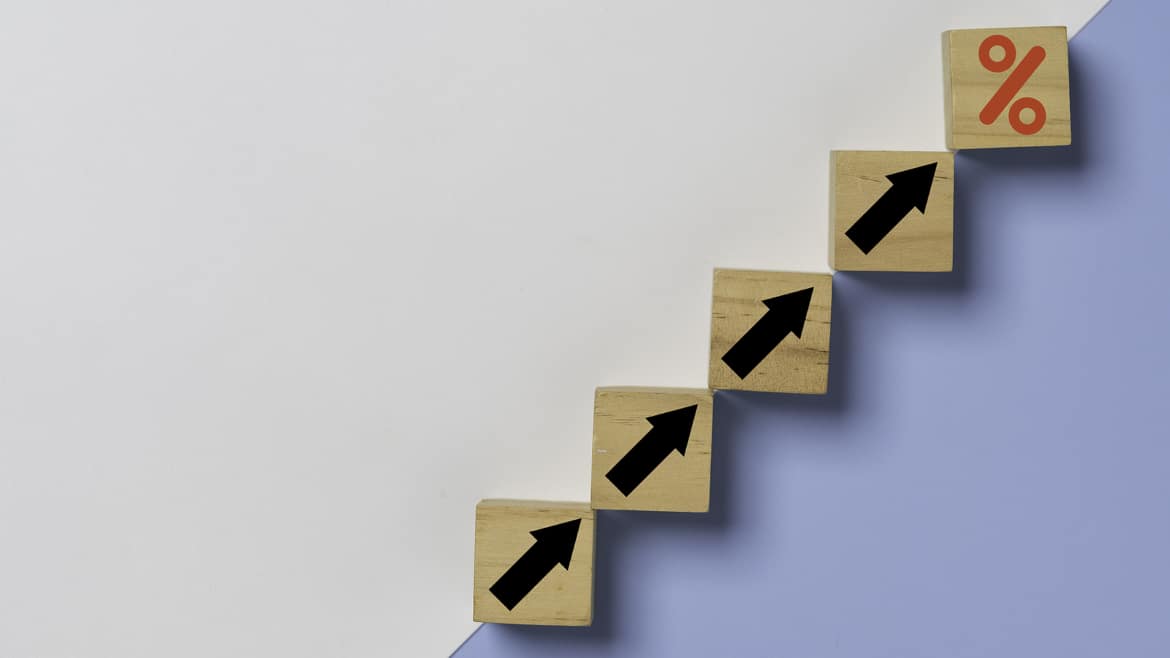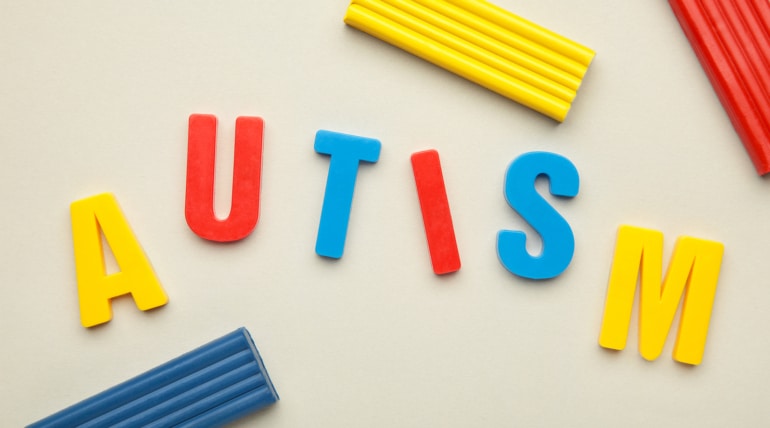Recent research has found that the number of children with autism spectrum disorder (ASD) has risen dramatically in the past three years.
China ASD stats
The data, collected by the Guangdong Pharmaceutical University research group in China, estimates that 1 in 30 children have been identified as having ASD, a 52% increase since 2017. And this is just a rough estimate as the CDC’s survey estimates that 1 in 44 children have been identified as autistic.
The point is that these numbers have alarmed parents & healthcare professionals, prompting them to ask why the rates are rising so quickly and that the cause should be identified & swiftly addressed.
One of the Blaze hosts, Steve Deace, even posted on Twitter, “What’s the benign, innocent explanation for this rise in autism?.”
The cause of the sudden Increase
Most research teams are unsure why ASD rates are rising so rapidly. However, they acknowledge that better awareness and more accurate diagnosis play a significant role.
“People in the field are in consensus that the majority of the increase is due to progress in our ability to diagnose and identify autistic people than ever before.” says the Director of the University of Washington’s Autism Center in Seattle, Washington, Dr. Annete Estes.
She adds that some behaviors were not considered autism in the past but now are. For example, intellectual disability is a primary criterion for autism diagnoses.
And again, the Public Broadcasting Service’s report suggests that a 52% increase may sound too high. Still, in solid ground, it often represents a fraction – less than a quarter of a percentage within the context of the population as a whole. In other words, we should only jump to conclusions till thorough, comprehensive research is conducted.
The necessity to educate parents of these stats
More parents are growing concerned about the skyrocketing rates of ASD, and it’s necessary that these statistics be explained concisely to them to clear any confusion or anxiety. They ought to be provided proper guidance on understanding biological and environmental factors.
An example is that Boys are four times very likely to be diagnosed with autism than girls, which may relate to the inherent differences between genders. Girls can better mask or compensate for their autism symptoms, and the diagnostic criteria currently used may be better suited to diagnosing boys.
Socio-status & race
Again Socioeconomic status may also play a role, and so does Race. Whites & Asians are more likely to be diagnosed with ASD than African Americans, but the gap is narrowing daily due to better awareness & access to health care. In other words, more blacks and Hispanics are also being diagnosed with ASD every day.
Ultimately, Dr. Santhosh Girirajan, a renowned geneticist at Pennsylvania State University, summed it up best when he said, “We don’t know the full answer. We can only say that the increase in autism is real, but probably much lower than the reported magnitude.”




